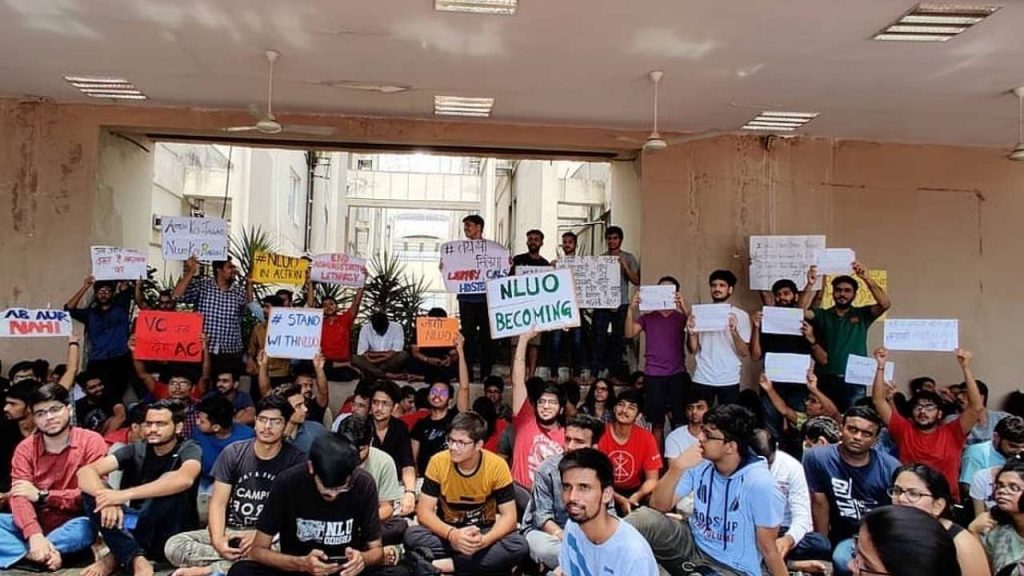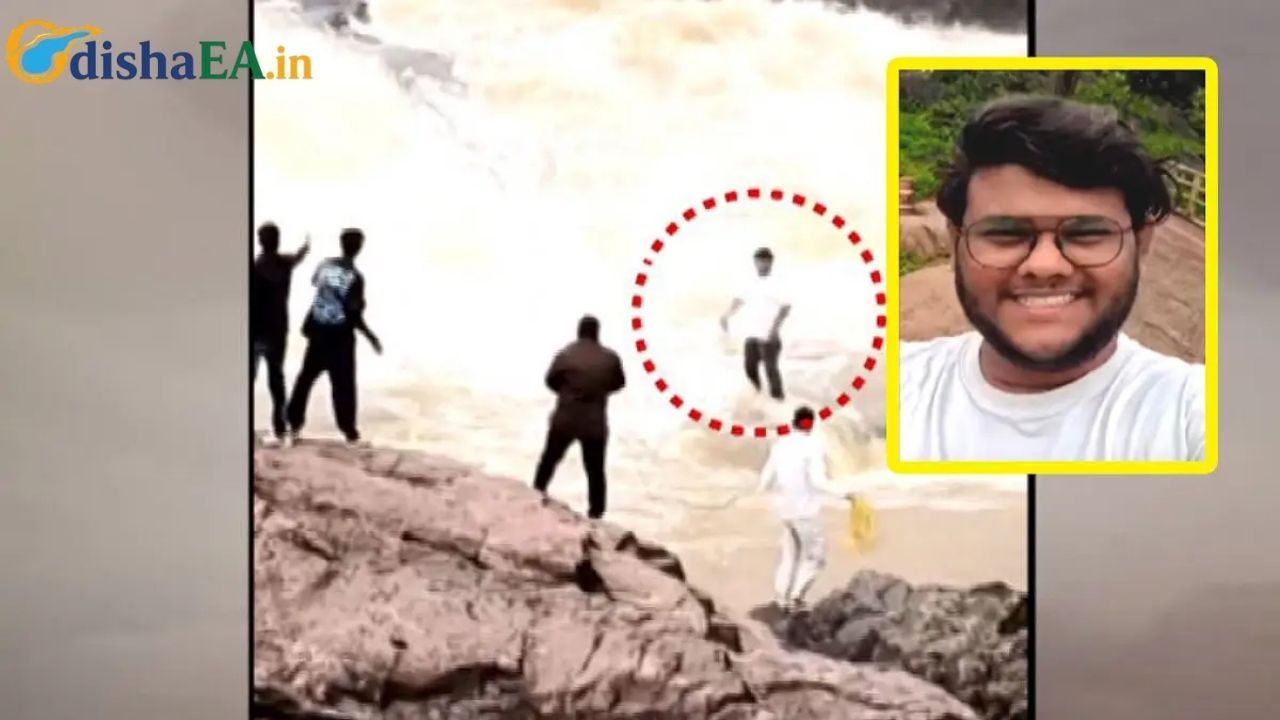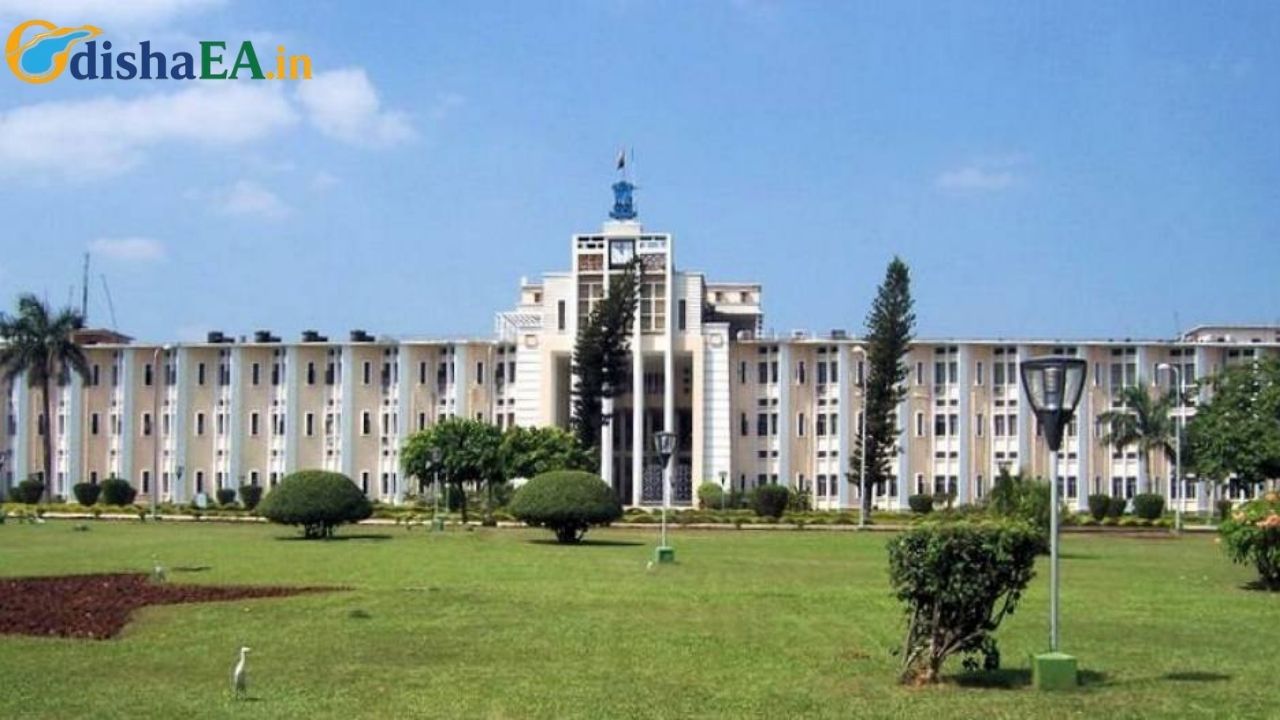In Odisha, students have been making waves, protesting against the severe hostel living conditions in their institutions. The situation has escalated recently as several groups of students from universities and high schools have taken to the streets, demanding better facilities, safer environments, and an end to administrative neglect. The protests have raised important questions about how educational institutions across India are handling the welfare of their students. These concerns go beyond just the immediate issues of food and safety and touch on the broader issue of student rights, administration accountability, and the need for systemic reforms in the education sector.

This situation has led to clashes with authorities, highlighting deep-rooted problems within the administration. In this article, we will take an in-depth look at what’s been happening in Odisha, the demands from students, and the broader implications of these protests. We’ll also give practical advice on how students and institutions can navigate such situations in a way that brings about positive change.
Students in Odisha Clash with Authorities Over Dire Hostel Living Conditions
| Key Issue | Description |
|---|---|
| Hostel Living Conditions | Students are protesting about broken infrastructure, poor food quality, and unsafe drinking water. New Indian Express |
| Tribal Student Protests | Over 100 tribal students protested against food quality and teacher assault. |
| Ravenshaw University Controversy | Ten senior students suspended over ragging allegations. Tensions rise over unfair treatment. |
| Political Fallout | Political protests erupt over the death of a student due to alleged harassment. |
| Ongoing Investigations | UGC and state authorities investigate complaints of harassment, poor infrastructure, and neglect. Times of India |
The recent protests in Odisha have shone a spotlight on the serious issues of student welfare, infrastructure, and administrative accountability in India’s educational institutions. While these protests have led to clashes with authorities, they also present an opportunity for systemic change. By improving hostel facilities, ensuring transparency, and prioritizing student safety, educational institutions can create a more supportive environment for students. With ongoing investigations and political attention, there is hope that the voices of students in Odisha will lead to real, lasting change.
In the end, it’s clear that these protests aren’t just about fixing broken bathrooms or better food in hostels – they are about ensuring that all students, regardless of background or location, have access to quality education in a safe and supportive environment.
What Happened in Odisha?
In recent weeks, a series of protests erupted in various educational institutions in Odisha, India. These protests, organized by students, stem from longstanding grievances about the state of hostel facilities, administrative negligence, and concerns about safety and food quality.
1. The College Hostel Crisis
At the heart of these protests are students demanding better living conditions in hostels across the state. Students have reported issues such as broken bathroom doors, unusable latrines, and, in some cases, a lack of safe drinking water. The situation in these hostels has been a cause of concern for many, as students feel neglected by the administration, despite repeatedly bringing up the issues.
For example, in one of the major protests, a group of students from an Odisha college took to the streets demanding action after receiving inadequate responses from the administration regarding their complaints. Despite filing multiple complaints over several months, students claimed that little was done to improve conditions. Students voiced their frustration, saying that they were living in unacceptable conditions, and the authorities were not responsive to their needs.
2. Tribal Students Protest in Mayurbhanj District
In a different part of Odisha, over 100 tribal students from Basipitha Government High School in Mayurbhanj district marched to Baripada town, demanding justice. They reported issues such as poor-quality food and even allegations of physical assault by teachers. The protests highlighted the disparity between the treatment of tribal students and their counterparts in urban areas.
The district administration intervened, assuring the students that appropriate measures would be taken. The incident is a stark reminder of the broader challenges faced by tribal communities in accessing quality education and basic amenities.
3. Ravenshaw University and the Ragging Controversy
In addition to the protests concerning hostel conditions, another controversy erupted at Ravenshaw University in Cuttack, Odisha. The university saw protests after ten senior students were suspended over allegations of ragging junior students. The suspended students claimed that the allegations were false and that they were coerced into confessing. This sparked a series of protests from fellow students, demanding a fair investigation and the revocation of the suspension orders.
The situation escalated further when the university administration failed to respond promptly, with the Vice-Chancellor being unavailable for comment. The lack of transparency in the handling of this case has further fueled the protests, highlighting the growing discontent among students over issues of fairness and accountability in university administration.
4. The Political Fallout
These protests have also drawn political attention. The tragic self-immolation of a 20-year-old student in Balasore, who had allegedly been sexually harassed by a faculty member, has brought the issue of student safety to the forefront. Opposition parties, including the Biju Janata Dal (BJD) and Congress, have demanded a judicial probe into the incident, claiming that the state government failed to address the concerns of students.
Protests outside the Odisha Assembly led to clashes with police, resulting in injuries and detentions. The tragic death of the student has become a symbol of the larger issues surrounding the treatment of students in Odisha’s educational institutions, including sexual harassment, poor infrastructure, and administrative neglect.
Why Are These Protests So Important?
These protests are not just about poor hostel facilities or individual cases of mistreatment. They highlight deeper issues that plague many educational institutions in India. The following factors contribute to the gravity of these protests:
1. Student Welfare is Often Overlooked
In many institutions, the welfare of students, especially those living in hostels, is often treated as a secondary concern. Basic needs like clean drinking water, safe living spaces, and nutritious food are often neglected. The lack of accountability in managing these aspects has led to increasing frustration among students, especially as they feel that their voices are not being heard.
2. Systemic Inequalities Persist
The disparity between urban and rural or tribal students is another factor contributing to these protests. Tribal students, in particular, face unique challenges when it comes to accessing quality education and basic amenities. These protests highlight the systemic inequalities that still exist in India’s educational institutions and the need for inclusive reforms.
3. Lack of Transparency and Accountability
Another significant issue that has come to light through these protests is the lack of transparency and accountability in the administration of educational institutions. Students are often left in the dark about the decisions being made and are given little opportunity to voice their concerns. This lack of communication and responsiveness has fueled discontent, as students feel that their grievances are ignored.
4. Student Rights and Protection
The protests in Odisha have also brought to the forefront the issue of student rights, especially with regard to safety and harassment. The tragic incident of self-immolation in Balasore has shed light on the inadequacies of institutional support systems for students facing harassment. The calls for a judicial probe into the incident emphasize the need for robust policies and procedures to protect students from any form of mistreatment.
What Can Be Done to Address These Issues?
Addressing the issues raised by students in Odisha requires a multi-faceted approach. Here are a few steps that can help resolve these problems:
1. Improving Infrastructure
The immediate priority for educational institutions in Odisha, and across India, is to address the dire state of hostel facilities. This includes ensuring that basic amenities such as clean drinking water, functioning bathrooms, and nutritious food are provided to students. Regular inspections and maintenance schedules should be put in place to avoid neglect.
2. Ensuring Transparency in Administration
Educational institutions must be more transparent in their decision-making processes. This includes keeping students informed about the actions being taken to address their concerns and involving them in discussions regarding policies that affect them. Establishing student representation in administrative bodies could also help bridge the communication gap between students and authorities.
3. Implementing Strict Anti-Harassment Policies
To prevent incidents of sexual harassment, universities and schools must implement strict anti-harassment policies and provide clear reporting mechanisms. Training staff and students on these policies can help create a safer environment for everyone. Institutions should also have dedicated grievance redressal systems in place to ensure that complaints are handled promptly and fairly.
4. Providing Support for Marginalized Communities
Educational institutions should prioritize providing support for marginalized communities, including tribal students. This can include better access to scholarships, improved hostel facilities, and mentorship programs that help bridge the gap in educational outcomes between different student groups.
5. Strengthening Government Oversight
The government must play an active role in overseeing educational institutions and ensuring that they are complying with regulations related to student welfare, safety, and infrastructure. Regular audits and inspections can help identify areas where improvements are needed.
Odisha Orders Higher Ed Institutes to Prominently Display Women’s Helpline (181) on Campus
Over 2,200 Applicants Compete for 360 LLB Seats in Odisha’s Premier Law Colleges
OCA Sets a New Standard with the Launch of the Cricket Centre of Excellence in Odisha
FAQs
Q: Why are students in Odisha protesting?
A: Students are protesting against poor hostel living conditions, lack of basic amenities, and the perceived negligence of authorities in addressing their grievances. Issues include broken facilities, inadequate food, and unsafe drinking water.
Q: How are tribal students involved in the protests?
A: Tribal students, especially those in rural areas, have been protesting against poor hostel conditions and alleged mistreatment by teachers. These protests highlight the systemic challenges faced by marginalized communities in accessing quality education.
Q: What sparked the protests at Ravenshaw University?
A: The protests at Ravenshaw University were triggered by the suspension of ten senior students over ragging allegations. The suspended students claimed the charges were false, leading to tensions and protests among other students.
Q: What is being done to address these issues?
A: Various investigations are underway, including inquiries by the University Grants Commission (UGC) and the Odisha government. Additionally, institutions are being urged to improve infrastructure, ensure student safety, and adopt more transparent administrative practices.





